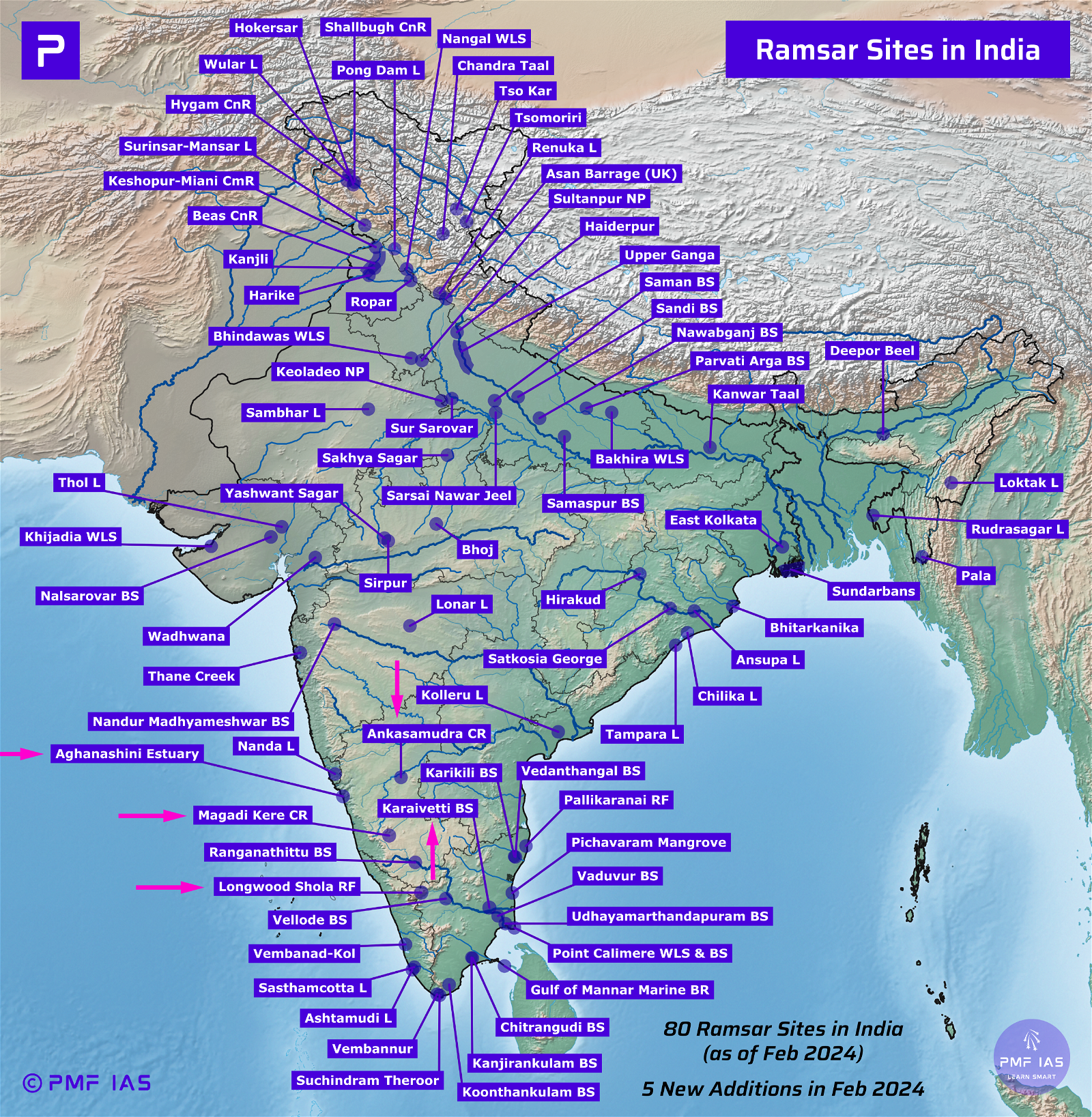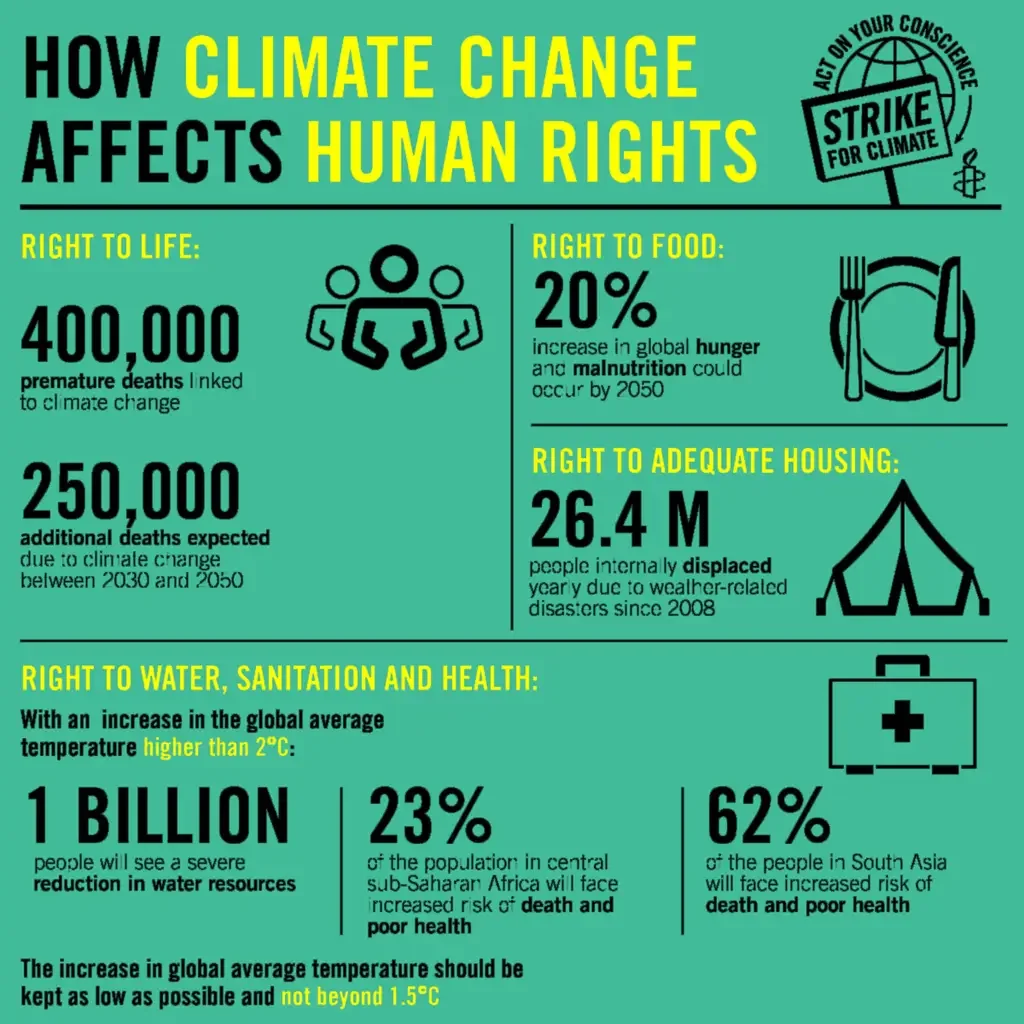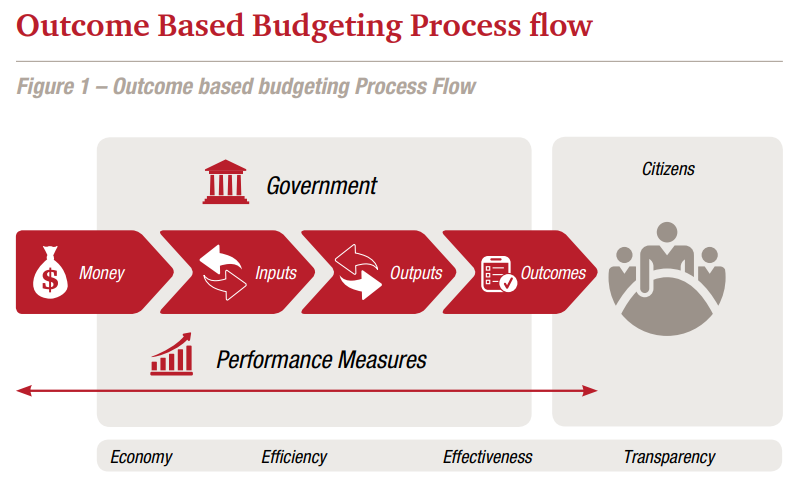
Overview on India’s Climate Policy
Subscribers of "Current Affairs" course can Download Daily Current Affairs in PDF/DOC
Subscribe to Never Miss an Important Update! Assured Discounts on New Products!
Must Join PMF IAS Telegram Channel & PMF IAS History Telegram Channel
- Context(IE): Understanding India’s Climate Policy – A Expert’s Insight.
Evolution of environment policies globally and in India
- The Rio Summit in 1992 introduced
- The United Nations Framework Convention on Climate Change (UNFCCC).
- The Convention on Biological Diversity.
- Forest Principles.
- India’s Response
- Gradual integration of climate change and biodiversity concerns by India’s Ministry of Environment and Forests post-Rio Summit.
Determinants of India’s climate policy
- India’s climate policy is based on five major determinants: geography, population, impacts, worldview, and actions.
Geography
- India’s land area is 3.28 million sq km, making up 2.4% of the world’s land surface and holding 4% of global freshwater resources. It ranks as the seventh largest country globally.
- India is one of 17 mega-biodiverse countries, with four biodiversity hotspots, 10 bio-geographic zones, and 22 agro-biodiversity hotspots.
- The country experiences six distinct seasons, shaping its civilisation and economy.
- However, climate change has disrupted this seasonal cycle in recent years.
- The blurring of seasonal distinctions has led to increased unpredictability and negative impacts on both nature and society.
Population
- India has a population of 1.4 billion, nearly one-sixth of the global population.
- It boasts 7-8% of the world’s recorded species, including over 45,500 plant species and 91,000 animal species. The human-to-land ratio in India is very low, at 0.0021 sq km, and is decreasing over time.
- Coping with this limitation requires understanding and integrated management of land and water resources.
Impacts
- According to the Global Climate Risk Index 2020 by Germanwatch, India is ranked as the fifth most affected country by extreme weather events.
- This is a significant increase from its 14th position in 2017.
- The World Bank’s report on the Impact of Climate Change on South Asia (2018) predicts that India could lose 2.8% of its GDP due to rising temperatures and changing monsoon patterns by 2050.
- Nearly half of the country’s population could also see a decline in living standards as a result.
Worldview
- India’s perspective is influenced by its tradition of living in harmony with nature.
- The ‘Prithvi Sukta‘ describes the Earth as our Mother and sacred groves emphasise the importance of protecting nature.
- Gandhi’s principles, like standing up for the marginalised and practising trusteeship, echo this tradition of valuing nature.
- The idea that the Earth can provide for everyone’s needs but not everyone’s greed has been a longstanding belief.
- The Ministry of Environment, Forest and Climate Change (MoEFCC) logo reflects our reverence for nature and our commitment to conservation.
- To effectively address global challenges like climate change, the world needs to embrace the ancient Indian philosophy of ‘Vasudhaiva Kutumbakam‘(One Earth, One World, One Future).
Actions
- India’s actions are guided by science, evidence, and numbers.
- Despite historical emissions of less than 4% and relatively low per capita CO2 emissions of 1.9 tonnes, India is committed to both domestic and international actions that benefit the planet.
- It has established international initiatives like the International Solar Alliance (ISA) to promote the transition to renewable energy.
- Unlike some developed countries, India has decoupled carbon emissions from economic growth and is progressing towards meeting its Nationally Determined Contribution (NDC) targets.
Unstable United States Stand
|
India’s Approaches and Principles of Climate Policy
- India’s climate policy is guided by its vision of inclusive growth, poverty eradication, and social development.
- India adheres to the foundational principles of the UNFCCC.
- It also promotes climate-friendly lifestyles and aims for clear, consistent, and coordinated policies.
- India believes that development and environmental conservation are interconnected and should be pursued together for comprehensive development.
- India attributes the problem of climate change to the overexploitation of natural resources by developed countries.
- It advocates for the Common But Differentiated Responsibilities and Respective Capabilities (CBDR-RC) principle, which was largely shaped by Indian interventions at the Rio Summit in 1992.
Why India Advocates for CBDR-RC Principle?Disproportionate responsibility of developed nations
India within sustainability limits
|
India’s efforts towards addressing climate change issues
- The National Action Plan on Climate Change (NAPCC) 2008, comprising eight missions, provides a framework for addressing climate change.
- All 34 Indian states and Union Territories have developed State Action Plans on Climate Change (SAPCCs) aligned with the NAPCC objectives.
- Civil society actively participates in decision-making processes related to climate change.
- India has established global institutions such as the
- International Solar Alliance (ISA)
- The Coalition for Disaster Resilient Infrastructure (CDRI).
- The Global Biofuels Alliance (GBA).
- India, along with Sweden, leads ‘The Leadership Group for Industry Transition‘ and promotes sustainable lifestyles through initiatives like the ‘Lifestyle for Environment‘ movement.
- India’s long-term strategy to the UNFCCC aims for net zero emissions by 2070.
- Despite having no binding mitigation obligations under the UNFCCC before 2020, India has successfully reduced the emission intensity of its GDP by 33% between 2005 and 2019.
- India has significantly increased its solar energy capacity by over 26 times and doubled its wind energy capacity in the past decade.
- It now ranks fourth globally in installed wind capacity and fifth in solar capacity.
- India achieved its target of having 40% of its installed electric capacity from non-fossil fuels in November 2021, nine years ahead of schedule, and has since increased the target to 50%.
- There’s a strong focus on providing basic services like pucca housing, continuous electricity, clean water, universal health insurance, and clean cooking gas, which contributes significantly to the fight against climate change.




![PMF IAS Environment for UPSC 2022-23 [paperback] PMF IAS [Nov 30, 2021]…](https://pmfias.b-cdn.net/wp-content/uploads/2024/04/pmfiasenvironmentforupsc2022-23paperbackpmfiasnov302021.jpg)











